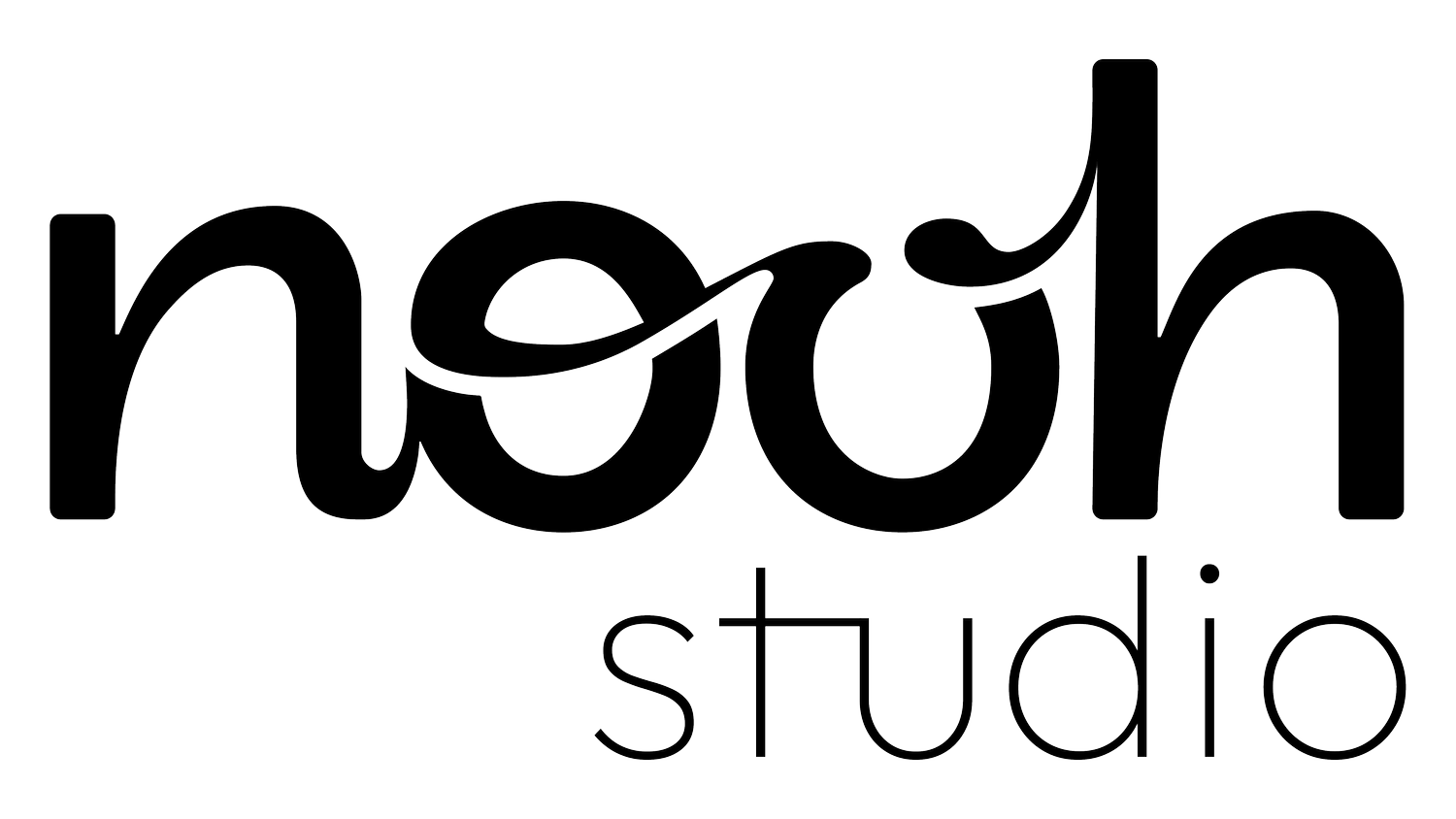Ask Helena: Patricia Moore and Immersive Design
At the beginning of March, Helena and I attended a “Conversation with Patricia Moore” at the Royal College of Art’s new Battersea location.
Moore is an internationally renowned designer who specialises in inclusive design, she has designed more than three hundred Physical Medicine & Rehabilitation Environments for healthcare facilities throughout North America, Europe, and Asia. She is best known for travelling around Northern America and Canada for four years in the late seventies, disguised as an elderly woman (who’s expertise went on to create Mrs Doubtfire) and gaining insight on how design needs to change to accommodate the ageing population.
Following this talk and high on interview fever, I asked Helena some questions about her thoughts on Patricia Moore’s immersive approach to research and design.
Q: How long have you known about Patricia Moore?
A: Whenever you talk about inclusive design, immersive design, Patricia Moore always pops up. At the beginning of my healthcare design masters, literally within the first day, they were talking about Patricia Moore.
Q: Do you not think there is a difference between research and design?
A: I think people think of research as the beginning; the input, and then design is the output. However, there's an important crossover there, especially between healthcare and people. What Moore was doing was rather intimate and immersive research that put her on the front line.I think research should always fit underneath design; within design.
Research doesn’t have to be an in-depth, high quality, month-long phase of the design process (especially not four years like Patricia Moore!) - it can be as simple as some desk research online or having a ten minute conversation with a user. If you're a good designer, you're always researching, looking or reading new things, even just noticing different fonts or styles on tube adverts. Being influenced by, inspired by and absorbing other people's ideas or actions can all fall under the bracket of design research.
Q: Do Moore’s actions inspire your work or your process in any way?
A: Her work is a good reminder of how important user research is and it’s admirable how hard she pushed for that research. It’s a nod to how useful research is and how much we should always keep doing it to get better at what we do.
Q: What did you think her means of research when you first heard about it?
A: I liked it, I thought it was quite funny! She’s got a good sense of humour and from hearing her talk on Friday, she’s not afraid to be provocative and is in fact very proactive in being that too. Her grit and conviction to really prove the point about the need for more inclusive design for the older generations is brilliant – that's why I like it too because I like proving points.
Q: Do you think a similar method of user research would be received the same now?
A: I think that it wouldn't be as taboo as a designer to go and do something like that. People would understand it more. However, when collecting the “data”, instead of being like Moore and writing a book on your findings, you would probably film a lot of your research. That might just be kept for internal purposes, but it’s more likely that it would be shared on social media!
Q: What do you think of when you hear inclusive design?
A: When Patricia was asked, “What's your favourite project” and she said “the next one” I thought that was really charming. She also mentioned that you should base design on someone's ability rather than their age and their demographic. This point I liked and she’s right - if we identify solutions for design surrounding people’s different abilities then it would feel more inclusive and less… well ageist.
On another note Moore said “a medical model of care is currently for patients, but it should be for consumers”. This statement however, felt slightly flippant that it should be based around consumers. After further thought, I sent this to an NHS colleague of mine who said “You can't base a model of care on the idea that it's for consumers because you would then have to deliver an end product”. The collateral of staff and surrounding people would then be consumers as well, so who are you actually designing for?
Following on, inclusive design, I think, is a lot based on language. It's a lot based on who you're doing it for, and how do you access more people? So by calling people consumers, I think you're putting them in a smaller square and as much as we all want design to be as inclusive as possible, you do need to understand the difference between people and their needs as well as what is the most practical way to approach the idea?
Q: So my last question…What do you think is the most important way to conduct user research?
A: For any project it really depends on what you’re trying to do, but I think it’s all qualitative and quantitative and it’s important to keep up the user interaction the whole way through the process. There are a lot of agencies that do a whole UX research piece and then they go off and design everything before talking to the user/client. Whereas drip feeding user research, feedback and testing where necessary can be really valuable. User research should be integrated into the whole design process.
